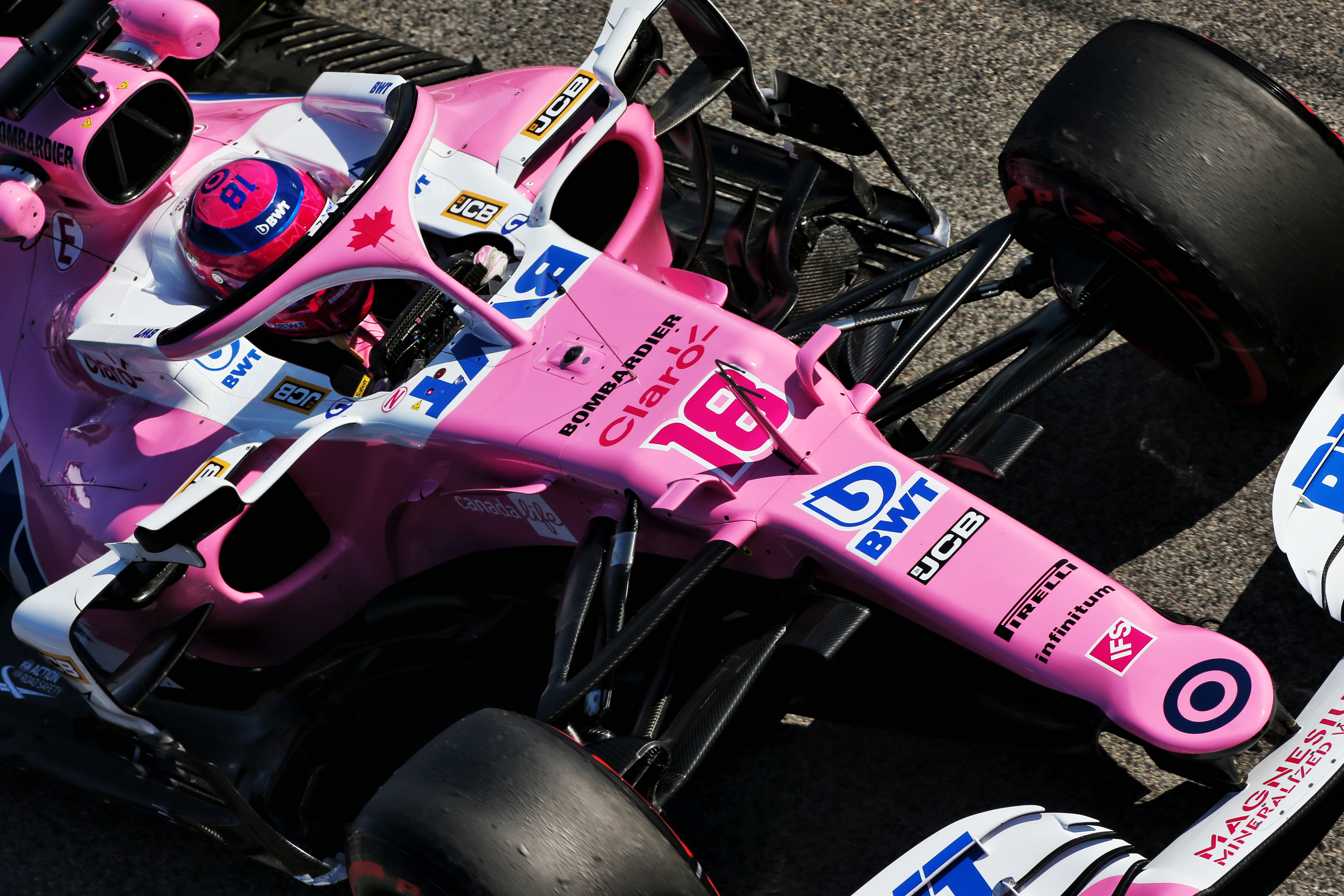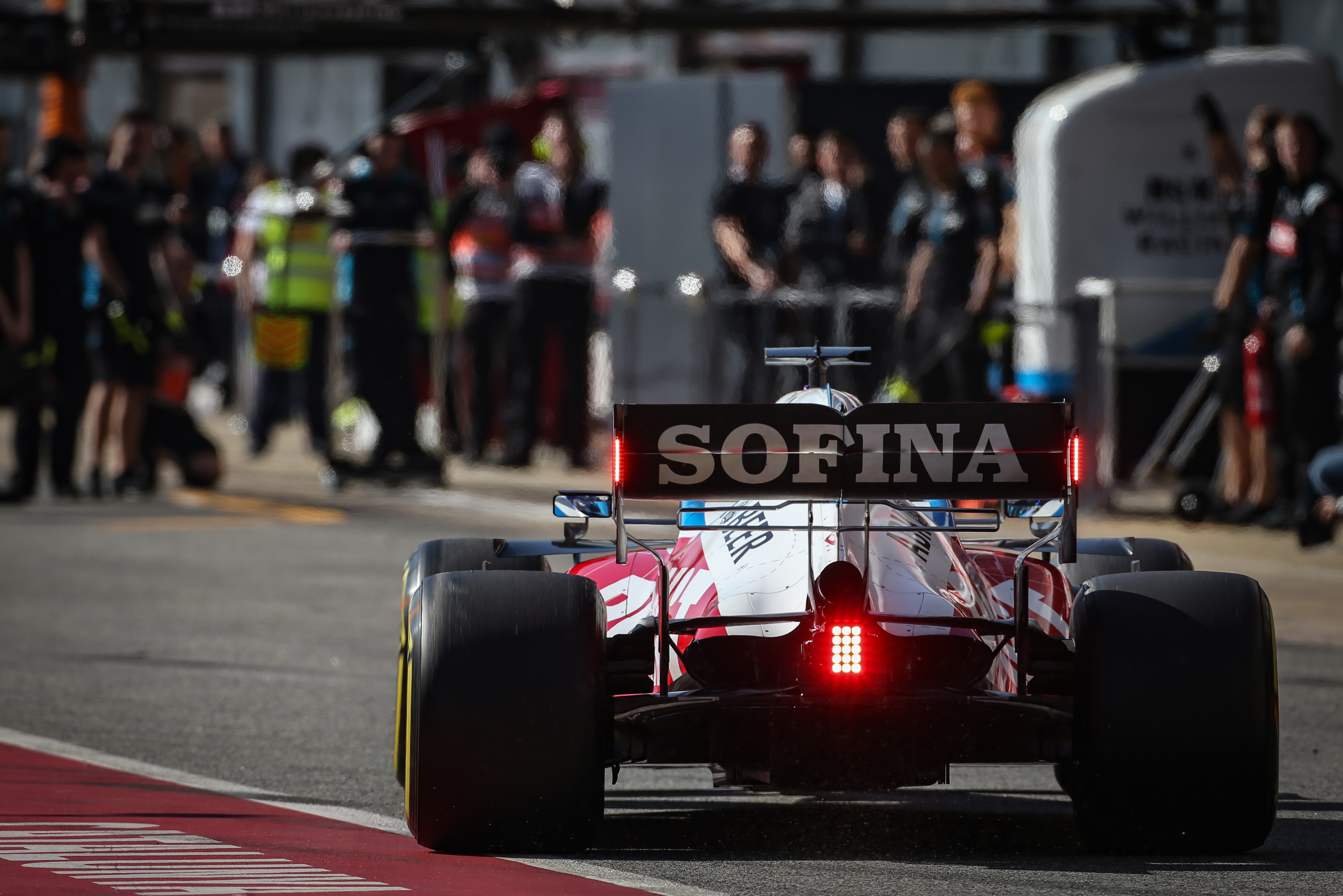Up Next

Analysing the times from just three days of Formula 1 testing is always difficult, but all you can do is take the numbers as they are and take into account all the conditions and factors impacting them that we are aware of to produce a ranking that is at least based on real data as far as possible.
This initial piece focuses on outright raw speed – look out for an in-depth analysis of long-run form from my colleague Mark Hughes this weekend.
I use 0.5 seconds as the step between tyre compounds. While it’s not as simple as that, and it varies from car to car, this was the average delta at Barcelona from analysing last year’s Spanish Grand Prix weekend times.
For this calculation, I’ve taken the outright fastest lap achieved by each car and altered the times to leave everyone theoretically on the same tyre. The track temperatures and conditions have been very consistent so this hasn’t required any adjustment to take the time of day the lap was set into account.
As a starting point, I have taken each team’s fastest single lap time from the three days and converted them into a percentage.
I haven’t used any fudge factors for different fuel loads because they would be exactly that – fudges – and normally the big teams don’t get excited about running with low fuel so will have been on similar levels, though some of the smaller teams might reduce their fuel level a little bit. With 10kg of fuel costing three tenths of a second here, this can make a big difference.

If you ask the teams, they will tell you that a season’s development with a stable set of regulations – as we have had between 2019 and 2020 – should render an improvement of around two seconds. That would equate to an improvement of around 2.5%.
I would question that gain and I haven’t seen anything that would change my mind on this. I think half that would still be fairly ambitious and I’m hoping by the end of test two that we will see mid-1m14s lap on the softest compound C5 tyre. But time will tell.
ADJUSTED PACE RANKING
1 Mercedes 100.000%
2 Red Bull 100.920%
3 Racing Point 101.197%
4 Renault 101.231%
5 AlphaTauri 101.556%
6 McLaren 101.756%
7 Alfa Romeo 101.909%
8 Williams 102.271%
9 Ferrari 102.430%
10 Haas 102.549%
The big surprise here really is Ferrari. I’m pretty sure it will be a lot stronger than this that but I have to say the body language is not that of a team that is simply sandbagging. There is more to it than that, and team principal Mattia Binotto has admitted there is work to be done.
This doesn’t mean Ferrari is the ninth fastest car by any means and it will be thereabouts in the lead battle, but there’s nothing to say it will be right there so far based on the first test even if the team has taken a very different approach to its running compared to last year and potential its rivals.
As it is a percentage, we can also compare the test one data to the average percentage over the last four races of 2019. These percentages have all come from qualifying, so fuel loads will skew the data a bit.

But just to give a feeling for who has had a positive winter and who might just be wishing the winter was that bit longer, here’s a ranking showing the performance gain or loss as a percentage from late 2019 to this test.
Performance swing from 2019 to 2020 so far
Williams -2.007%
Racing Point -1.105%
Renault -0.837%
Alfa Romeo -0.808%
AlphaTauri -0.510%
Mercedes -0.241%
Haas -0.162%
McLaren +0.205%
Red Bull +0.807%
Ferrari +2.174%
Again, a worrying table for Ferrari on the current data. And at the opposite end of the chart, some evidence of Williams getting out of the mire
Test two is just around the corner. Will we see anyone up their performance for this test like Mercedes did last year? Whatever happens, we will learn a lot more next week



